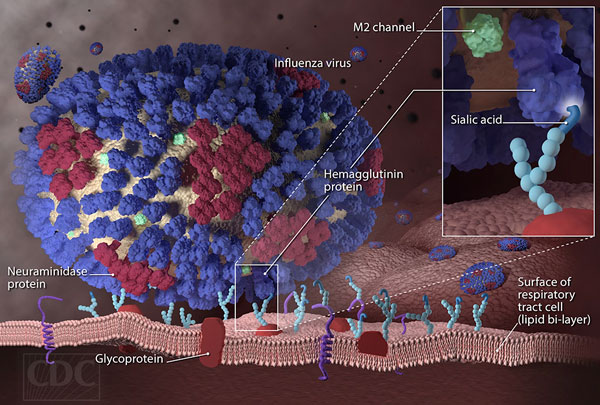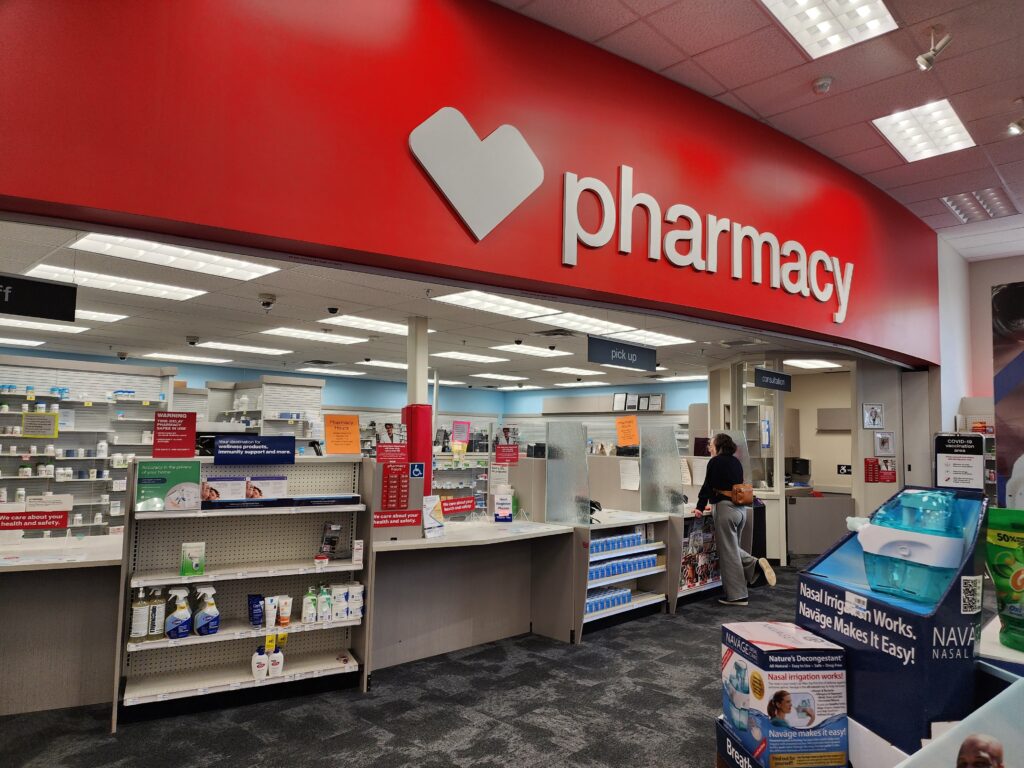New vaccine recommendations for children, adolescents, and adults have been incorporated into Centers for Disease…

Medication Adherence Made Easy: Tips from Your Friendly Neighborhood Pharmacist
Medications play a crucial role in managing various health conditions, from chronic diseases to short-term illnesses. However, the effectiveness of these medications relies heavily on one key factor: medication adherence. Unfortunately, many people struggle to take their medications as prescribed, leading to suboptimal health outcomes. But fear not, because your friendly neighborhood pharmacist is here to help. In this article, we’ll explore some practical tips and strategies to make medication adherence easier and more effective.
1. Understand Your Medication
The first step toward better medication adherence is understanding what you’re taking and why. Ask your pharmacist to explain the purpose of each medication, its proper dosing, and any potential side effects. When you have a clear understanding of your treatment plan, you’re more likely to stick to it.
2. Organize Your Medications
Keeping track of multiple medications can be challenging. Invest in a pill organizer to sort your pills by day and time, making it easier to remember when to take them. Some pharmacies even offer blister packaging services, which package your medications by dose, simplifying the process further.
3. Set Reminders
In the digital age, there are countless tools available to help you remember your medication schedule. Use smartphone apps, alarms, or even a good old-fashioned wall calendar to set reminders for your doses. Consistency is key, and these reminders can be a game-changer.
4. Sync Medication Schedules
If you’re taking multiple medications, talk to your pharmacist about aligning your medication schedules. This can simplify your routine by reducing the number of times you need to take pills throughout the day.
5. Ask About Alternative Dosage Forms
Sometimes, taking a medication in its standard form isn’t feasible due to swallowing difficulties or other issues. Your pharmacist can often suggest alternative dosage forms like liquids, dissolvable tablets, or patches that might be more convenient for you.
6. Keep Medications Visible
Store your medications in a place where you’ll see them regularly, like next to your toothbrush or in the kitchen. Out of sight can often mean out of mind, so keeping your medications visible serves as a visual cue to take them.
7. Use a Medication Journal
Maintain a medication journal to record when you take each dose. This can be especially helpful when discussing your treatment with healthcare providers, as it provides an accurate history of your adherence.
8. Communicate with Your Pharmacist
Your pharmacist is your medication expert and a valuable resource for any questions or concerns you may have. Don’t hesitate to reach out if you experience side effects, have trouble swallowing pills, or need to adjust your medication schedule. They can work with your healthcare provider to find solutions.
9. Involve a Support System
Share your medication regimen with a trusted friend or family member who can help remind you when it’s time to take your meds. Having someone who cares about your health can provide motivation and encouragement.
Conclusion
Medication adherence is a vital component of managing your health and achieving the best possible outcomes from your treatment plan. Your friendly neighborhood pharmacist is there to support you every step of the way. By following these practical tips and working closely with your healthcare team, you can make medication adherence easier and more successful. Remember, your health is worth the effort, and your pharmacist is here to help you stay on track.




This Post Has 0 Comments